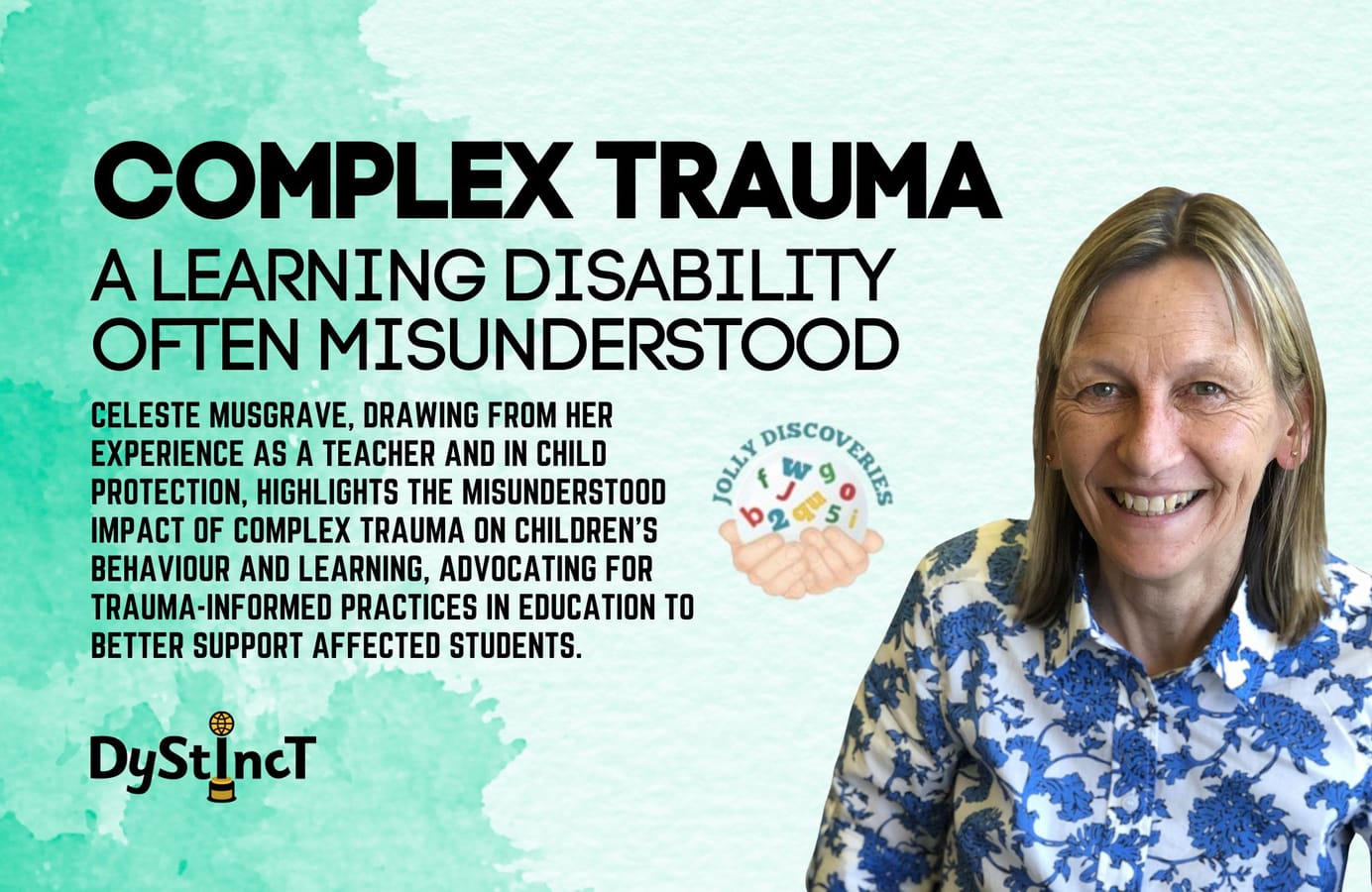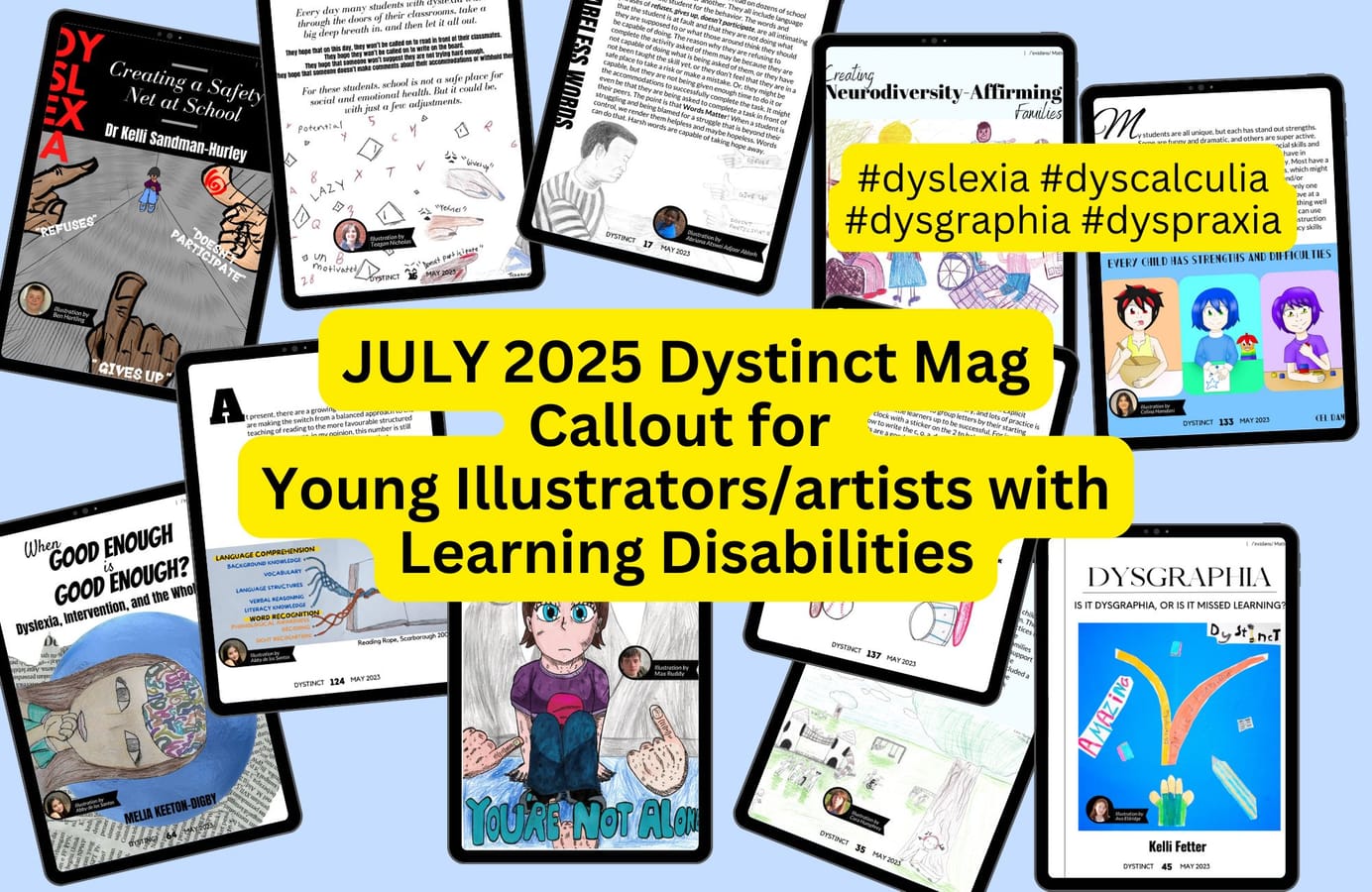
Issue 21: Complex Trauma – A learning disability often misunderstood | Celeste Musgrave
Celeste Musgrave, drawing from her experience as a teacher and in child protection, highlights the misunderstood impact of complex trauma on children's behaviour and learning, advocating for trauma-informed practices in education to better support affected students.
My first introduction to classroom teaching was in the 1980s at a school in a fairly low socio-economic area of Sydney. I had no training or experience with trauma impacted children. When students in my class misbehaved, I was stern and applied disciplinary measures to send a message that rule-breaking would not be tolerated. This authoritarian method of dealing with poorly behaved children was instilled into me during the years I trained to become a teacher. I had no awareness that poor behaviour could be a product of a child’s traumatic upbringing and a cry for help.
I vividly remember one family who tended to be drifters, often leaving and returning to the school. The children struggled to fit in with their peers, were behind academically, and teachers generally had difficulty managing their behaviours. The youngest, a five-year-old in my kindergarten class, was often physically and verbally violent towards staff and students. He brought to school the language and behaviour he experienced at home. No doubt, this child, along with his siblings, was suffering from complex trauma as a result of a volatile home environment. At the time, though, I simply relegated the child to the naughty category. I did not fully understand the developmental implications on children living in unhealthy home environments where nurturing and stability are missing.
Some years later, my career path changed, and I moved out of the classroom and into the area of child protection, working with school-aged children who had been placed in Out-of-Home Care (OOHC), more commonly known to many as foster care. It was here that I learned about complex trauma and the ways it can affect a child’s social, emotional, and academic outcomes.
Often, when the word trauma is mentioned, the notion of someone experiencing a traumatic event such as a serious accident, the death of a family member or close friend, the diagnosis of a potentially life-threatening illness, a house fire, earthquakes and floods comes to mind. However, while these definitely are examples of traumatic occurrences, they tend to be classified in the domain of simple trauma. These are usually one-off events, shorter in duration and generally attract support, understanding and empathy from other family members and the wider community.
Complex trauma is longer in duration, involving repeated exposure to traumatic events over an extended period of time, most commonly occurring during early childhood - Those who endure this type of trauma experience a feeling of isolation, helplessness and a disconnect from society. Sufferers of complex trauma tend to hide their experiences from the wider community due to feelings of shame and a lack of connection to a group with shared encounters. Domestic violence, neglect, poverty, physical abuse, sexual abuse, rape and war are just a few examples of complex traumatic events.
Children are extremely vulnerable to the effects of complex trauma, especially very early in life, during the developmental stages of brain growth. A child who enters this world is completely reliant on adults for their nurturing, care, safety and trust. Essential life experiences are introduced through adult interactions, and it is then that the newborn child learns what to expect from their world. Complex traumatic events early in life can be extremely damaging to a child’s social, emotional, and intellectual development. Children let down by the adults in their lives learn that adults are people in their immediate world who cause them harm and cannot be trusted.
From birth until approximately four years of age, a child’s brain is going through a stage of rapid development. This is also the time when complex traumatic experiences in a child’s world can impair the architecture of the developing brain. Furthermore, complex trauma also has the potential to negatively impact the body’s stress response systems, emotional regulation controls and cognitive functioning. Educationally, these children are more likely to enter school behind in their developmental milestones. Many of these children exhibit challenging behaviours, learning difficulties, absenteeism, emotional dysregulation, and relationship issues. Complex trauma may also reduce the capacity of a child to listen in class, retain information, understand concepts and be able to express their thoughts and ideas. Several areas in the brain associated with language may also be affected by complex trauma.
A child who enters this world is completely reliant on adults for their nurturing, care, safety and trust.
The human brain has the ability to repair itself.
This certainly paints a picture of concern for the long-term wellbeing of children who have experienced complex trauma. However, the human brain has the ability to repair itself and when provided with an environment conducive to healing, many of these children will eventually go on to lead happy and successful lives.
A child residing in OOHC has been removed from their chaotic environment and is easy to identify as possibly displaying the effects of complex trauma. However, there are many children and young people who are still living in a home environment where complex traumatic experiences are still occurring. These are the students at school who are difficult to identify. Generally, they tend to be the students who are behaviourally challenging, who act out in class to gain the attention of other students, struggle with their learning and have difficulty controlling their emotions. On the other hand, they may be the extremely quiet student in the classroom who keep to themselves, are seen as not paying attention, are often tired in class, regularly complain of feeling unwell, have few friends and struggle academically.
Strategies to assist the trauma affected student at school
Strategies to assist the trauma affected student at school
A student who has been affected by complex trauma requires a classroom where there is constant structure and routine. The predictability of the classroom environment assists the student with their emotional regulation, which in turn sends a message to their brain that their immediate world is safe. Having a visual timetable for the student to observe is of great benefit. This student needs to be informed when a change to their normal routine will be occurring so they can emotionally prepare themselves.

Structure and routine in the school environment are also achieved through the setting of clear classroom boundaries and ensuring every teacher adheres to these boundaries. Providing consistency in teacher responses will assist with the development of the student’s emotional regulation, which is something they often struggle to achieve on their own.

Teachers also need to be in tune with the emotions being displayed by a student from a complex trauma environment. Chat with the student and have them explain key behaviours to look out for, which indicate the student is starting to become emotionally dysregulated. Simple behavioural cues such as fidgeting, tapping on the desk, calling out, and a noticeable decline in concentration, when observed by the teacher and acted on, can allow the student to regulate their emotions before they become heightened. Some students are open to using a feelings thermometer as a means of indicating to the teacher the level of their emotional stability.
Other students may prefer to arrange with their teacher a more discrete way of indicating they are becoming dysregulated. This may be as simple as placing a coloured pen on an area of their desk. The teacher will then know the student needs to leave the room without the other students being made aware. Provide the student with a time-out pass as well as a mutually agreed upon safe place in the school for them to go. Be aware of the strategies the student uses to emotionally regulate and ensure any required items, such as a bean bag, book to read or music to listen to, are readily available.
Many students from a complex trauma background have been raised in home environments where they have had to deal with harmful adult relationships. The concept of an adult being a person who is trustworthy, caring, supportive, and nurturing is non-existent. Many of these students have never experienced a positive adult relationship and will see adults as people in their world who cannot be trusted. Many trauma-affected students find it extremely difficult to navigate positive relationships. As school is another place in their world where they are exposed to adults, it is critical that we help students from a traumatic environment learn to realise that not all adults are the same and that there are some adults who can be trusted. The teachers in these students’ lives may be the only role models they meet who can teach them what a healthy, trusting and supportive relationship involves. Allowing the trauma-affected student to choose a teacher as a trusting mentor is a valuable step towards relationship building with a reliable and regulated adult. This person may also be the role model who helps break the cycle of disadvantage for this student and contributes towards their achievement of successful educational outcome.
This post is for paying subscribers only
SubscribeAlready have an account? Log in


